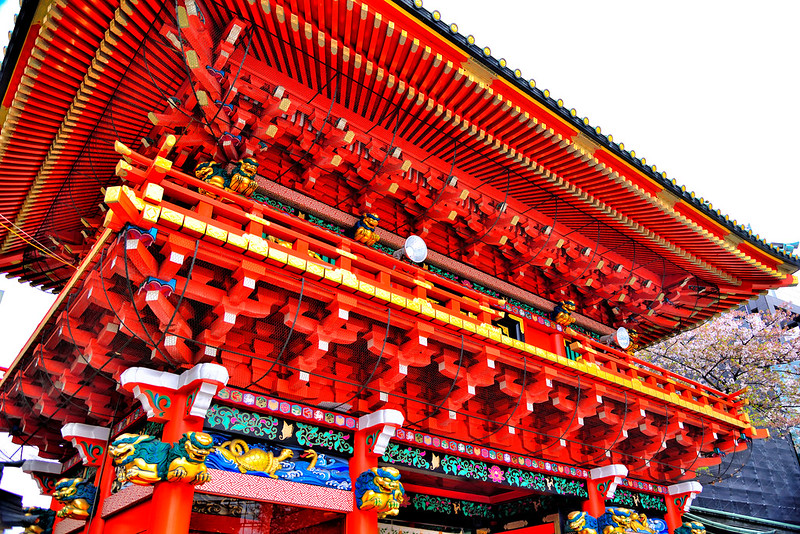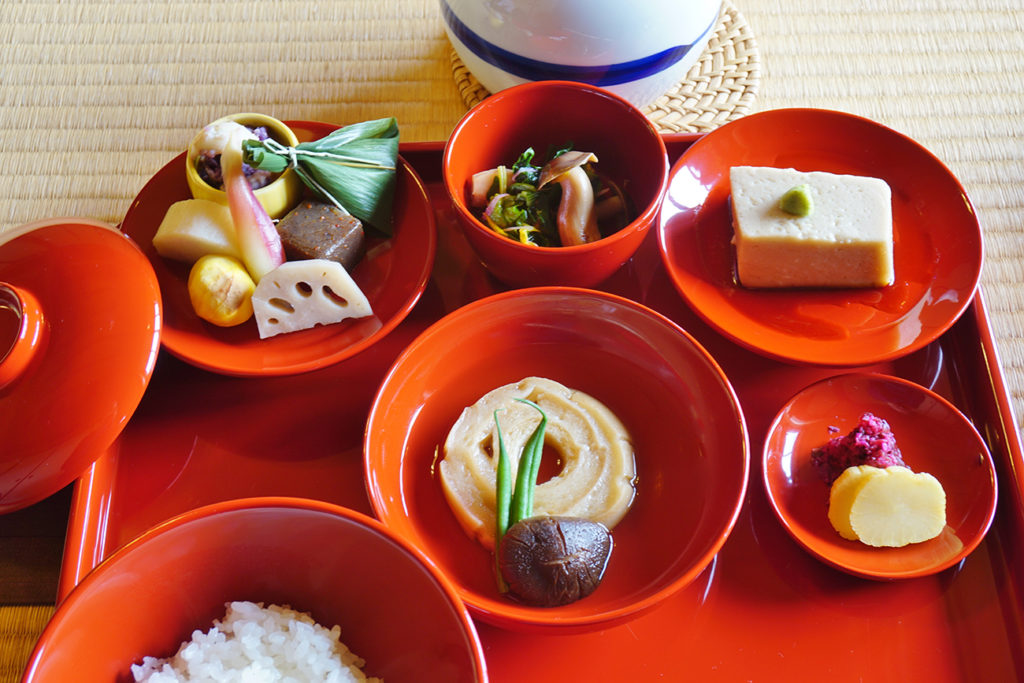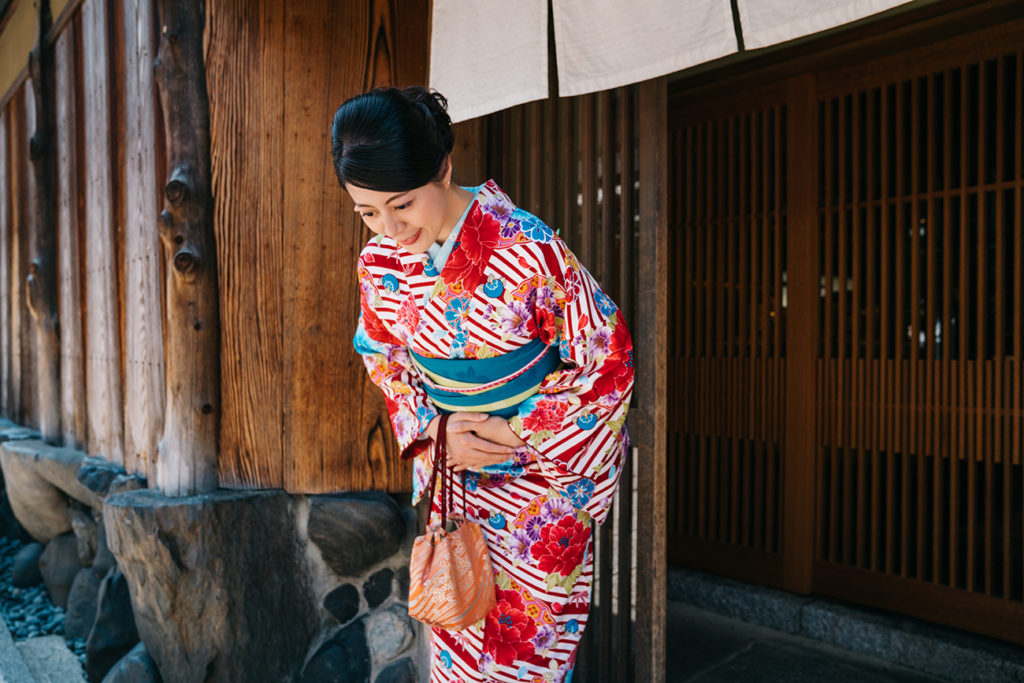
Interesting Facts About Japanese Culture
Japanese culture and traditions just like other cultures of the word are varied, complex and interesting. Check out some of them.
Shōjin-ryōri meal.
Japanese people predominantly subsisted on vegetarian-style meals for some 1,200 years from the Nara period to the Meiji Restoration.
Livestock and the consumption of some wild animals such as, dogs, monkeys, horses and birds were banned in Japan by then Emperor Tenmu because of the influence of Buddhism. During the Nara period in 737, the reigning Emperor Seimu allowed fish and shellfish to be eaten. Between the Nara period and the Meiji Restoration, some 1,200 years, the usual Japanese diet consisted of rice, beans and vegetables. It was only during special occasions that fish was served. During this time, locals developed a vegetarian cuisine called shōjin-ryōri, a vegetarian way of preparing food is based on the Dharmic concept of ahimsa (non-violence). When Japan opened up to Western influence, Emperor Meiji lifted the ban on the consumption of red meat.
Many Japanese practice both Shinto and Buddhism
Shinto is the predominant religion practiced by almost 80% of the population of Japan. Shinto practices can be traced all the way back to the oldest extant chronicle in Japan from the early 8th century, the Kojiki and the second oldest book of classical Japanese history, the Nihon Shoki. These ancient Japanese writings are historical records of a collection of Japanese mythology and native beliefs.
Buddhism was introduced to Japan by five Chinese monks from an ancient kingdom that extended to the Swat valley and Potohar plateau regions of Pakistan and the Jalalabad district of northeastern Afghanistan known as Gandhara. The monks then travelled to Japan spreading Buddhism during the Kofun period (250 to 538). Buddhism soon became the Japanese state religion according to national policies and Buddha was made into a Japanese deity and coexisted with other Shinto gods.
A Japanese lady in a kimono, bowing.
Bowing is significant in Japanese culture.
Ojigi or bowing is the act of lowering one’s head or the entire upper torso. It is a common sign of salutation in Japan and can also be a way of showing gratitude, reverence or apology in any social or religious situation.
During the rise of the samurai warrior class during the Kamakura period (1185-1333), many manuals were written on warrior etiquette which contained instructions on proper ways to bow. In modern times, bowing is a fundamental part of Japanese social etiquette which emphasizes respect in Japanese culture.


